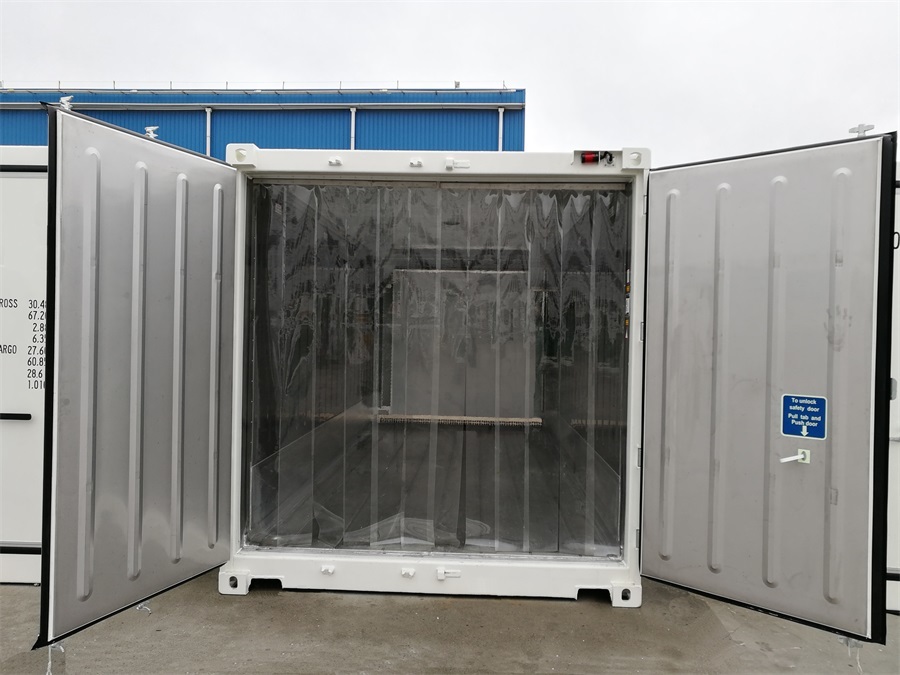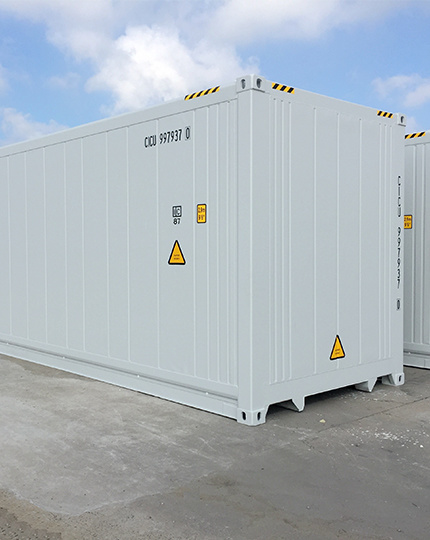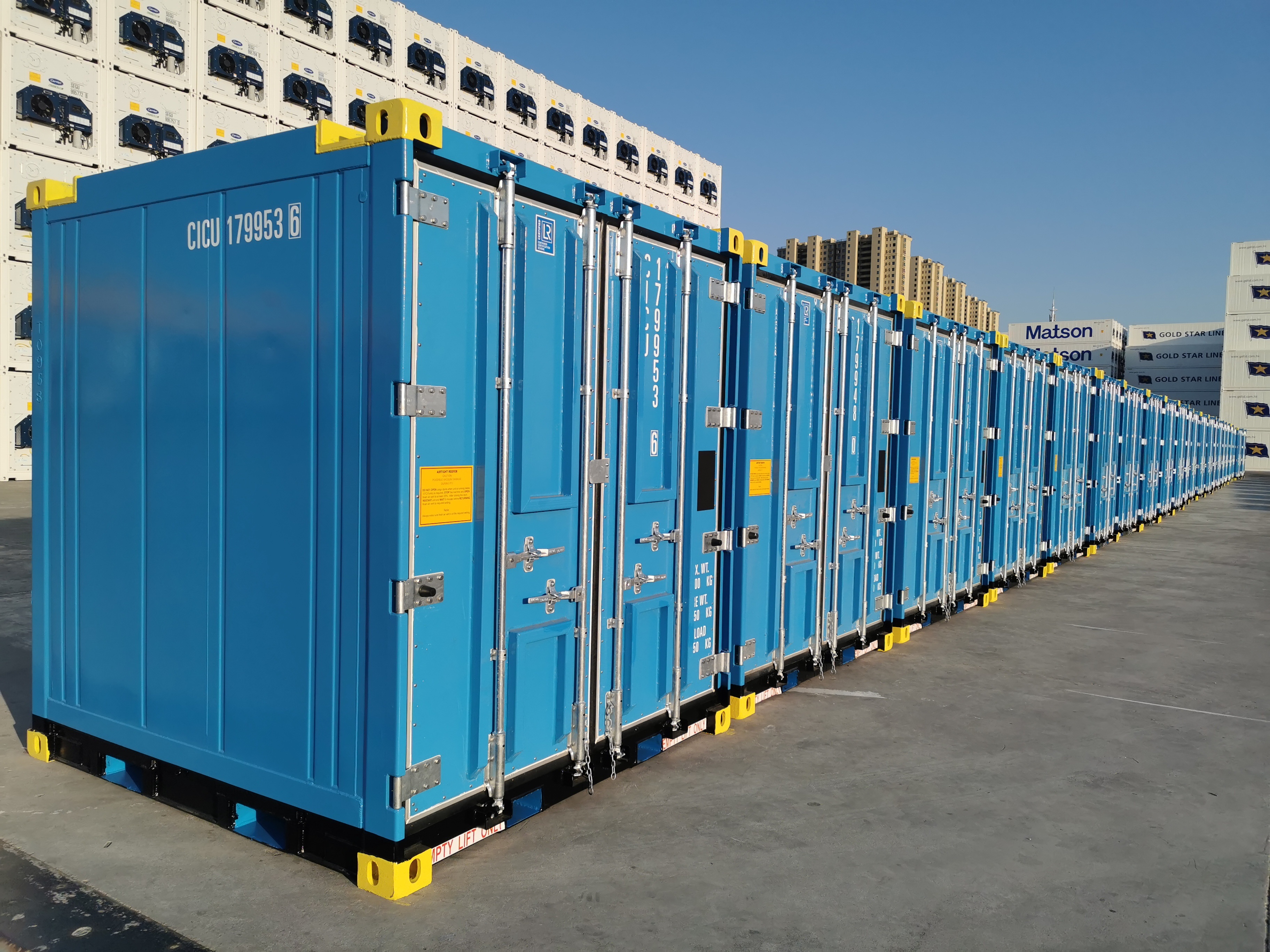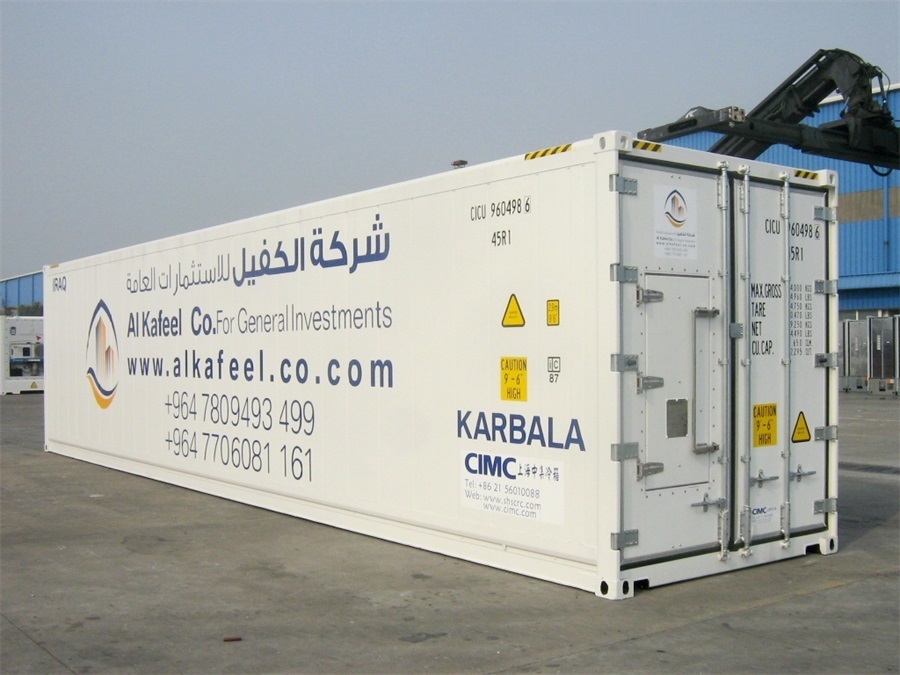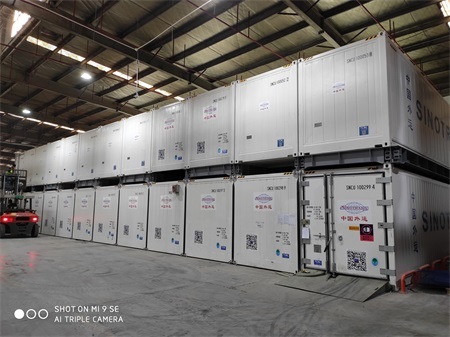2023-11-08
The Role of Warehouse Refrigeration Containers
Warehousing refrigeration boxes feature efficient cooling, ease of operation, and high versatility, making them widely used for storing food, pharmaceuticals, agricultural products, as well as hazardous materials.
2023-06-14
The Role of Nearshore Containers
Nearshore containers are primarily used for the storage and transportation of maritime cargo in coastal shipping. Their key functions include: 1. **Cargo Storage**: Nearshore containers have a defined volume, allowing temporary storage of goods prior to sea transport, effectively serving as an intermediate warehouse. This helps optimize production schedules and shipping frequencies, ensuring efficient use of transportation resources. 2. **Transport Packaging**: As self-contained, sealed packaging units, nearshore containers provide robust protection for cargo during transit, safeguarding items from seawater, moisture, impacts, and other potential damages. This not only minimizes the need for additional packaging but also reduces logistics losses. 3. **Convenient Loading and Unloading**: The standardized design of nearshore containers ensures compatibility with various lifting and handling equipment, streamlining port operations and boosting efficiency. Containers can be directly loaded and unloaded using dump trucks, container carriers, or forklifts. 4. **Increased Transport Capacity**: By utilizing standardized containers, ships can maximize their loading capacity and space utilization, significantly enhancing the overall carrying power of each vessel while lowering transportation costs. Ships can now tailor their load configurations based on specific container types, balancing weight and storage needs effectively. 5. **Standardized Transportation Processes**: The standardization of nearshore container dimensions simplifies terminal operations, making transshipment and intermodal transfers smoother and more efficient. This seamless integration across different stages of the supply chain boosts overall logistics performance. 6. **Standardized Freight Billing**: Nearshore containers are billed based on either their volumetric capacity or weight, providing a clear and consistent method for calculating shipping charges.
2023-06-02
What is a steel refrigerated container?
Steel refrigeration units are refrigeration devices made primarily from steel plates, featuring an insulated and heat-resistant structure. They utilize electric power to drive a refrigeration unit, generating low temperatures while maintaining thermal isolation through insulating layers, thus effectively preserving the freshness of food, pharmaceuticals, and other perishable goods. A steel refrigeration unit typically consists of the following components: 1. **Cabinet Body**: Constructed by welding steel or stainless steel sheets together, providing a spacious interior for storing food or pharmaceutical products. 2. **Insulation Layer**: Located both inside and outside the cabinet, this layer is usually made of high-quality insulation materials such as polyurethane foam, designed to minimize heat transfer and reduce temperature loss. 3. **Refrigeration System**: Includes key components like a compressor, evaporator, condenser, and expansion valve, which work together to produce and circulate cold air throughout the refrigeration chamber. 4. **Door Assembly**: Crafted from steel, this component allows easy access to the interior while forming an airtight seal with the cabinet body to maintain optimal cooling conditions. 5. **Temperature Controller**: Enables precise adjustment of the refrigeration system, ensuring that the internal temperature remains stable and suitable for storing sensitive items. 6. **Defrost Mechanism**: Automatically activates when frost accumulates inside the unit, efficiently removing ice buildup to maintain optimal performance. 7. **Power System**: Supplies electricity to operate the refrigeration system, controllers, and other essential components, keeping the unit fully functional. With their robust construction, durability, and ease of cleaning, steel refrigeration units are widely used in commercial settings such as supermarkets, restaurants, and other food-related businesses.
2023-05-29
Steel refrigeration containers have the following main advantages:
Steel refrigeration containers offer several key advantages: 1. High strength. Steel boasts exceptional hardness and compressive strength, providing superior load-bearing capacity and impact resistance. This results in a longer service life, making steel refrigeration boxes ideal for transporting and storing heavy items, as well as handling frequent loading and unloading activities. 2. Corrosion resistance. Steel exhibits outstanding resistance to corrosion, easily withstanding the attack of most chemicals—enabling these containers to safely store even corrosive substances over extended periods. 3. Easy cleaning. The smooth, high-gloss surface of steel resists dust accumulation, making it simple to clean and maintain. As a result, the container retains its aesthetic appeal for a long time, simplifying daily hygiene management and upkeep. 4. Excellent insulation. Although steel is a good thermal conductor, advanced internal insulation treatments effectively minimize heat transfer, ensuring top-notch thermal performance. This makes steel refrigeration boxes suitable for applications where precise temperature control is critical. 5. Recyclability. Steel is a fully recyclable material; at the end of their lifespan, these containers can be entirely dismantled and recycled without harming the environment. This aligns perfectly with sustainable development principles. 6. Higher initial cost. However, given the durability and versatility of steel refrigeration boxes, their long-term value far outweighs the upfront investment.
2021-08-26
Taicang CIMC Refrigerated Containers Vigorously Promotes Rural Industrialized Cold Chain.
Over the past two years, we have actively engaged with local governments in major agricultural provinces, providing cold-chain solutions, with a particular focus on developing farmer-benefiting and agriculture-supporting products right at the fields and farms. Standout products include combined cold-storage boxes and warehousing containers.
Contact Us
Business contact:0086-512 33027708
Phone:0086-512 33027777
Email:xingbiao.shi@cimc.com
Address: No. 99 Binjiang Avenue, Taicang Port Economic and Technological Development Zone, Jiangsu Province



